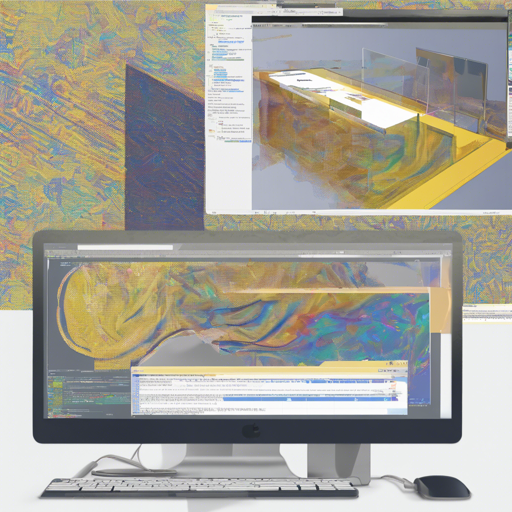Welcome to the world of image processing, where extracting features from images can help in an array of applications from medical diagnostics to autonomous driving. Today, we’ll explore an open-source software named PyFeats, designed specifically for image feature extraction.
Overview of PyFeats
PyFeats is an open-source tool that helps you extract key features from images, necessary for pattern recognition in computer vision. Think of it as a Swiss Army knife for image analysis, equipped with various tools for analyzing the intricate details of your images.
Installing PyFeats
To begin your journey with PyFeats, follow these quick installation steps:
- Open your terminal or command prompt.
- Run the following command:
pip install pyfeatsimport pyfeatsFeatures of PyFeats
PyFeats provides several features for image analysis. To make our explanation engaging, let’s use an analogy. Imagine you are a detective trying to solve a mystery about a painting:
- Textural Features: These are the detective’s observations about the texture of the canvas: is it rough or smooth? They gather information (mean, contrast, etc.) about how the paint is applied.
- Morphological Features: Here, you examine the shape and structure of the painting itself. Are there any unique shapes or contours that stand out?
- Histogram-based Features: At this stage, your detective examines patterns of color and intensity, similar to tallying the number of each color present and seeing if they follow a pattern.
By combining all these observations, the detective can form a complete picture of the painting, much like how PyFeats helps in understanding images through various feature sets.
Using Feature Sets
Next, let’s discuss how to use these feature sets in PyFeats. For instance, if we’re focusing on textural features, imagine the following scenarios:
- First Order Statistics: You would calculate properties like mean and standard deviation of the grayscale pixel values. The command for it would look like:
features, labels = pyfeats.fos(f, mask)Make sure to follow the guidelines provided in your PyFeats documentation for other features as well!
Troubleshooting & Support
While using PyFeats, you might encounter a few hiccups. Here are some troubleshooting tips:
- Ensure that all required libraries and dependencies are correctly installed.
- If you encounter an error while running a function, check to make sure that your input images are in the correct format (e.g., numpy arrays).
- Keep an eye on version compatibility – sometimes, issues arise from differences in library versions.
- For more insights, updates, or to collaborate on AI development projects, stay connected with fxis.ai.
Conclusion
In conclusion, PyFeats is a powerful tool for anyone venturing into image analysis. Just as a detective uses various techniques to unravel a mystery in a painting, you can use PyFeats to extract valuable insights from your images. At fxis.ai, we believe that such advancements are crucial for the future of AI, as they enable more comprehensive and effective solutions. Our team is continually exploring new methodologies to push the envelope in artificial intelligence, ensuring that our clients benefit from the latest technological innovations.

